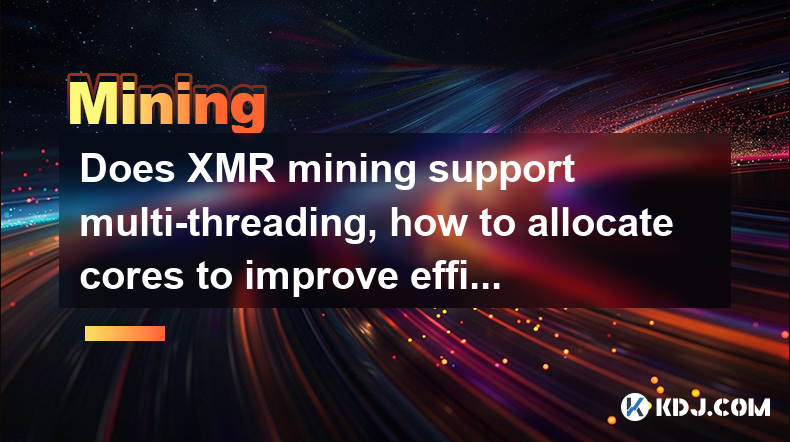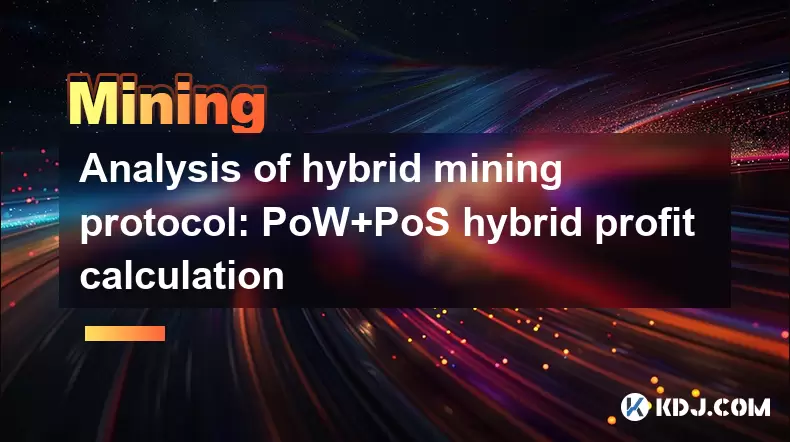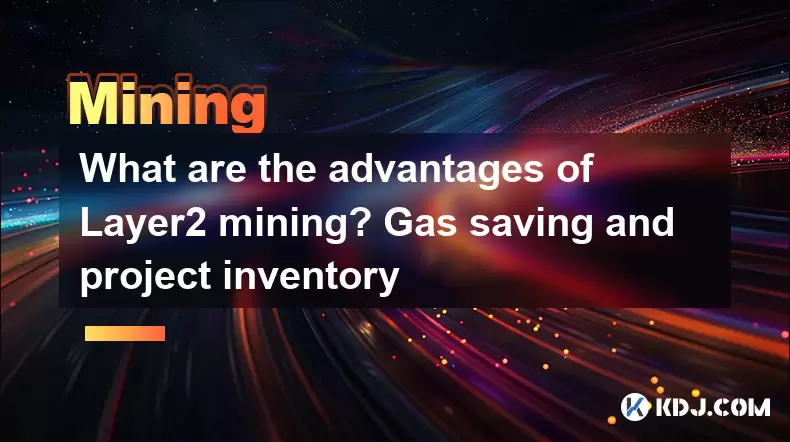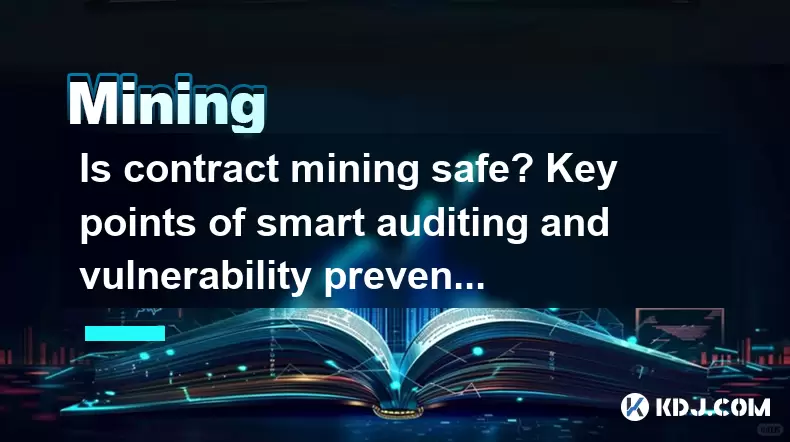-
 Bitcoin
Bitcoin $107,341.7259
0.15% -
 Ethereum
Ethereum $2,438.6204
0.70% -
 Tether USDt
Tether USDt $1.0003
-0.02% -
 XRP
XRP $2.1866
1.94% -
 BNB
BNB $649.0952
0.36% -
 Solana
Solana $150.9602
5.63% -
 USDC
USDC $0.9999
0.00% -
 TRON
TRON $0.2742
0.40% -
 Dogecoin
Dogecoin $0.1645
1.93% -
 Cardano
Cardano $0.5669
1.18% -
 Hyperliquid
Hyperliquid $37.8286
4.19% -
 Bitcoin Cash
Bitcoin Cash $491.4669
-2.74% -
 Sui
Sui $2.8150
3.06% -
 Chainlink
Chainlink $13.4184
2.91% -
 UNUS SED LEO
UNUS SED LEO $9.0809
0.27% -
 Avalanche
Avalanche $18.0295
2.60% -
 Stellar
Stellar $0.2396
1.19% -
 Toncoin
Toncoin $2.8587
0.13% -
 Shiba Inu
Shiba Inu $0.0...01160
2.59% -
 Litecoin
Litecoin $86.4192
1.45% -
 Hedera
Hedera $0.1486
1.19% -
 Monero
Monero $308.4324
0.87% -
 Polkadot
Polkadot $3.4202
1.43% -
 Bitget Token
Bitget Token $4.6436
-0.34% -
 Dai
Dai $0.9998
-0.02% -
 Ethena USDe
Ethena USDe $1.0002
0.00% -
 Uniswap
Uniswap $7.1527
3.29% -
 Pi
Pi $0.5357
-8.45% -
 Pepe
Pepe $0.0...09588
4.61% -
 Aave
Aave $259.9759
0.81%
Does XMR mining support multi-threading, how to allocate cores to improve efficiency?
XMR mining leverages multi-threading to boost efficiency, allowing CPUs to use multiple cores for higher hash rates and better performance.
May 03, 2025 at 01:15 pm

Introduction to XMR Mining and Multi-threading
Monero (XMR) is a privacy-focused cryptocurrency that utilizes the CryptoNight algorithm for its proof-of-work consensus mechanism. One of the key features of XMR mining is its ability to leverage multi-threading, which can significantly enhance mining efficiency. Multi-threading allows a CPU to execute multiple threads concurrently, thereby maximizing the utilization of available processing power. In this article, we will explore how XMR mining supports multi-threading and provide a detailed guide on how to allocate cores to improve mining efficiency.
Understanding Multi-threading in XMR Mining
Multi-threading in the context of XMR mining refers to the ability of mining software to utilize multiple CPU cores simultaneously. This is crucial because the CryptoNight algorithm is designed to be CPU-friendly, making it more efficient to mine with CPUs rather than GPUs. By using multi-threading, miners can distribute the workload across multiple cores, leading to higher hash rates and improved overall performance.
The mining software for XMR, such as XMRig, is specifically designed to take advantage of multi-threading. It allows users to configure the number of threads used for mining, which can be adjusted based on the number of available CPU cores and the desired performance level.
How to Allocate Cores for XMR Mining
To optimize XMR mining efficiency, it is essential to allocate cores effectively. Here is a step-by-step guide on how to do this using XMRig, one of the most popular mining software for Monero:
Download and Install XMRig: Start by downloading the latest version of XMRig from its official website. Follow the installation instructions for your operating system.
Configure XMRig: Open the configuration file, typically named
config.json. This file allows you to set various parameters for your mining setup.Set the Number of Threads: In the
config.jsonfile, locate thethreadsparameter. This parameter determines how many threads XMRig will use for mining. You can set it to match the number of physical cores on your CPU for optimal performance."threads": 4Adjust CPU Affinity: To further optimize performance, you can set CPU affinity, which assigns specific threads to specific cores. This can be done by adding the
affinityparameter to thethreadsconfiguration."threads": [
{"low_power_mode": false, "intensity": null, "thread_id": null, "affinity": 1},
{"low_power_mode": false, "intensity": null, "thread_id": null, "affinity": 2},
{"low_power_mode": false, "intensity": null, "thread_id": null, "affinity": 3},
{"low_power_mode": false, "intensity": null, "thread_id": null, "affinity": 4}
]Save and Run XMRig: After making the necessary adjustments, save the
config.jsonfile and run XMRig. The software will now use the specified number of threads and core affinities to mine XMR.
Monitoring and Adjusting Core Allocation
Once you have set up XMRig with the desired core allocation, it is important to monitor the performance and make adjustments as needed. Here are some tips for monitoring and optimizing your mining setup:
Use Monitoring Tools: Utilize tools like
htoportopon Linux, or Task Manager on Windows, to monitor CPU usage and ensure that all cores are being utilized effectively.Adjust Thread Count: If you notice that some cores are underutilized or if the system is experiencing high temperatures, you may need to adjust the number of threads. Experiment with different thread counts to find the optimal setting for your hardware.
Check Hash Rate: Monitor the hash rate to gauge the effectiveness of your core allocation. A higher hash rate indicates better performance, but be mindful of system stability and temperature.
Best Practices for Multi-threading in XMR Mining
To maximize the benefits of multi-threading in XMR mining, consider the following best practices:
Balance Performance and Stability: While it may be tempting to use all available cores for mining, doing so can lead to system instability and overheating. Find a balance that maximizes performance without compromising system health.
Regularly Update Mining Software: Keep your mining software up to date to benefit from the latest optimizations and bug fixes. Updated software can often provide better multi-threading support and improved performance.
Consider Overclocking: If your CPU supports overclocking, you may be able to increase its performance, leading to higher hash rates. However, be cautious and monitor temperatures to avoid damaging your hardware.
Use Efficient Cooling: Effective cooling is crucial for maintaining optimal performance during mining. Ensure that your system has adequate cooling solutions to prevent thermal throttling.
Common Issues and Troubleshooting
While multi-threading can significantly improve XMR mining efficiency, you may encounter some common issues. Here are some troubleshooting tips:
High CPU Temperatures: If your CPU temperatures are too high, reduce the number of threads or improve your cooling system. High temperatures can lead to thermal throttling, which reduces performance.
System Instability: If your system becomes unstable or crashes during mining, it may be due to overutilization of CPU resources. Reduce the number of threads or adjust CPU affinity to distribute the workload more evenly.
Low Hash Rate: If your hash rate is lower than expected, check your core allocation and ensure that all threads are being utilized effectively. You may need to experiment with different configurations to find the optimal setup.
Frequently Asked Questions
Q: Can I use multi-threading for XMR mining on a GPU?
A: While XMR mining is primarily CPU-based due to the CryptoNight algorithm, some mining software like XMRig does support GPU mining. However, the efficiency of GPU mining for XMR is generally lower compared to CPU mining, and multi-threading is more relevant to CPU operations.
Q: Is it possible to mine XMR on a laptop using multi-threading?
A: Yes, it is possible to mine XMR on a laptop using multi-threading. However, laptops typically have limited cooling capabilities, so it is important to monitor temperatures closely and adjust the number of threads to prevent overheating.
Q: How does the number of threads affect the power consumption of my system?
A: The number of threads used for mining directly impacts power consumption. More threads will generally lead to higher CPU usage and, consequently, higher power consumption. It is important to find a balance that maximizes mining efficiency while keeping power consumption within acceptable limits.
Q: Can I use multi-threading for mining other cryptocurrencies besides XMR?
A: Multi-threading can be used for mining other cryptocurrencies that support CPU mining, such as some privacy coins that use similar algorithms to CryptoNight. However, the effectiveness of multi-threading can vary depending on the specific algorithm and mining software used.
Disclaimer:info@kdj.com
The information provided is not trading advice. kdj.com does not assume any responsibility for any investments made based on the information provided in this article. Cryptocurrencies are highly volatile and it is highly recommended that you invest with caution after thorough research!
If you believe that the content used on this website infringes your copyright, please contact us immediately (info@kdj.com) and we will delete it promptly.
- BONK Price Prediction: Is the Meme Coin Ready to Pop?
- 2025-06-29 14:30:12
- Bitcoin Funding Rates, Short Squeeze, and the Price Decline: A Perfect Storm?
- 2025-06-29 14:50:12
- Bitcoin Cash (BCH): Explosive Move or False Dawn?
- 2025-06-29 15:10:12
- Chainlink, Lightchain AI, and Presale Hype: What's Real?
- 2025-06-29 15:10:12
- Pi Coin Price Prediction Today: Navigating Uncertainty
- 2025-06-29 14:55:12
- Meme Coins: Buy Now, Hold Forever? (Maybe)
- 2025-06-29 14:30:12
Related knowledge

What is liquidity mining in DeFi? How to participate and calculate the income?
Jun 20,2025 at 03:21pm
Understanding Liquidity Mining in DeFiLiquidity mining is a core concept in the decentralized finance (DeFi) ecosystem that allows users to earn rewards by providing liquidity to decentralized exchanges (DEXs) or lending platforms. In traditional finance, liquidity providers are usually institutional players, but DeFi democratizes this process, enabling...

What is the mining mechanism of digital currency? What hardware and cost investment are required?
Jun 23,2025 at 06:29am
Understanding the Mining Mechanism of Digital CurrencyThe mining mechanism of digital currency is a foundational process that ensures transaction validation and network security. In most Proof-of-Work (PoW) cryptocurrencies like Bitcoin, miners compete to solve complex mathematical puzzles using computational power. The first miner to find a valid solut...

Analysis of hybrid mining protocol: PoW+PoS hybrid profit calculation
Jun 23,2025 at 10:15am
Understanding Hybrid Mining ProtocolsIn the realm of blockchain technology, consensus mechanisms are pivotal in maintaining network integrity and transaction validation. A hybrid mining protocol combines two or more consensus algorithms to achieve a balance between security, decentralization, and energy efficiency. The most commonly adopted hybrid model...

How to operate option mining? Hedging strategy and profit structure
Jun 21,2025 at 03:29pm
What is Option Mining?Option mining refers to a decentralized finance (DeFi) strategy where participants provide liquidity or take specific derivative positions in options protocols to earn rewards. Unlike traditional yield farming, option mining often involves liquidity provision for options markets, allowing users to generate returns through premiums ...

What are the advantages of Layer2 mining? Gas saving and project inventory
Jun 20,2025 at 04:50am
Understanding Layer2 Mining and Its SignificanceLayer2 mining refers to the process of participating in decentralized applications or protocols that operate on top of a primary blockchain (such as Ethereum) using scaling solutions like Optimism, Arbitrum, or zkSync. Unlike traditional mining on Layer1 blockchains, which often involves high computational...

Is contract mining safe? Key points of smart auditing and vulnerability prevention
Jun 19,2025 at 08:08pm
Understanding Contract Mining in the Cryptocurrency SpaceContract mining refers to a method within blockchain ecosystems where users can participate in mining operations through smart contracts. Unlike traditional mining, which requires physical hardware and technical expertise, contract mining allows participants to invest funds into a mining pool or p...

What is liquidity mining in DeFi? How to participate and calculate the income?
Jun 20,2025 at 03:21pm
Understanding Liquidity Mining in DeFiLiquidity mining is a core concept in the decentralized finance (DeFi) ecosystem that allows users to earn rewards by providing liquidity to decentralized exchanges (DEXs) or lending platforms. In traditional finance, liquidity providers are usually institutional players, but DeFi democratizes this process, enabling...

What is the mining mechanism of digital currency? What hardware and cost investment are required?
Jun 23,2025 at 06:29am
Understanding the Mining Mechanism of Digital CurrencyThe mining mechanism of digital currency is a foundational process that ensures transaction validation and network security. In most Proof-of-Work (PoW) cryptocurrencies like Bitcoin, miners compete to solve complex mathematical puzzles using computational power. The first miner to find a valid solut...

Analysis of hybrid mining protocol: PoW+PoS hybrid profit calculation
Jun 23,2025 at 10:15am
Understanding Hybrid Mining ProtocolsIn the realm of blockchain technology, consensus mechanisms are pivotal in maintaining network integrity and transaction validation. A hybrid mining protocol combines two or more consensus algorithms to achieve a balance between security, decentralization, and energy efficiency. The most commonly adopted hybrid model...

How to operate option mining? Hedging strategy and profit structure
Jun 21,2025 at 03:29pm
What is Option Mining?Option mining refers to a decentralized finance (DeFi) strategy where participants provide liquidity or take specific derivative positions in options protocols to earn rewards. Unlike traditional yield farming, option mining often involves liquidity provision for options markets, allowing users to generate returns through premiums ...

What are the advantages of Layer2 mining? Gas saving and project inventory
Jun 20,2025 at 04:50am
Understanding Layer2 Mining and Its SignificanceLayer2 mining refers to the process of participating in decentralized applications or protocols that operate on top of a primary blockchain (such as Ethereum) using scaling solutions like Optimism, Arbitrum, or zkSync. Unlike traditional mining on Layer1 blockchains, which often involves high computational...

Is contract mining safe? Key points of smart auditing and vulnerability prevention
Jun 19,2025 at 08:08pm
Understanding Contract Mining in the Cryptocurrency SpaceContract mining refers to a method within blockchain ecosystems where users can participate in mining operations through smart contracts. Unlike traditional mining, which requires physical hardware and technical expertise, contract mining allows participants to invest funds into a mining pool or p...
See all articles

























































































